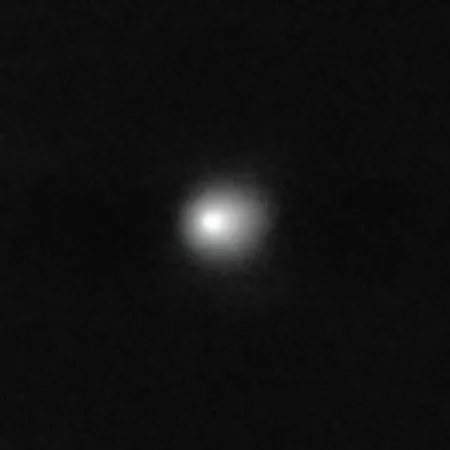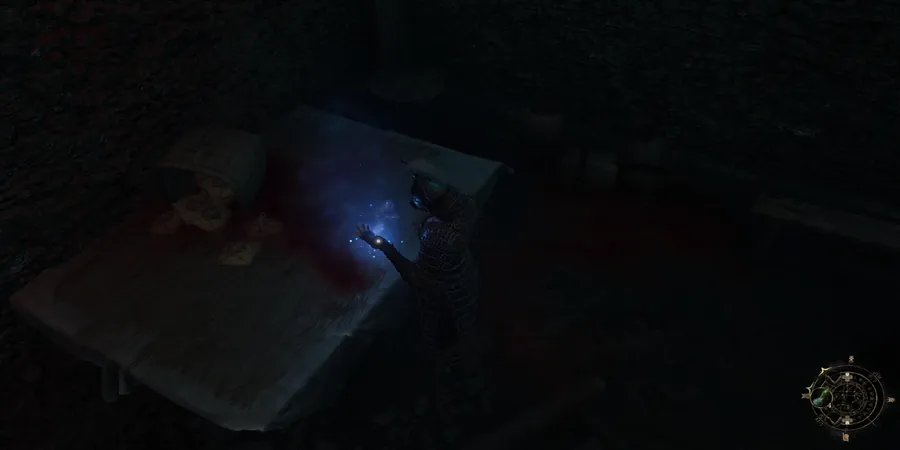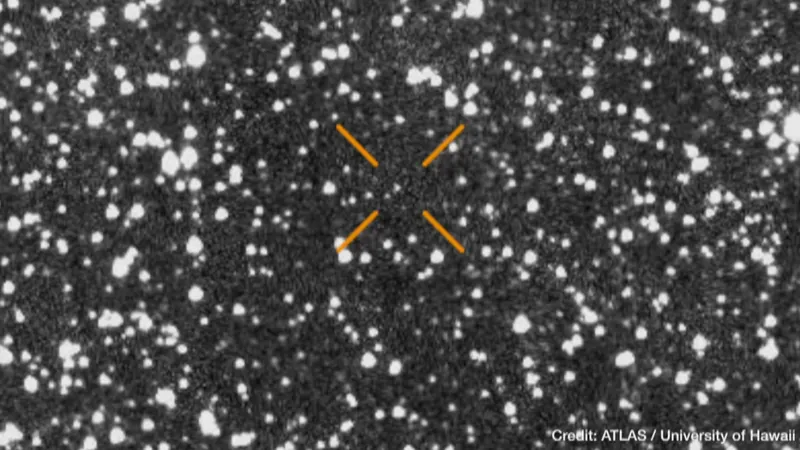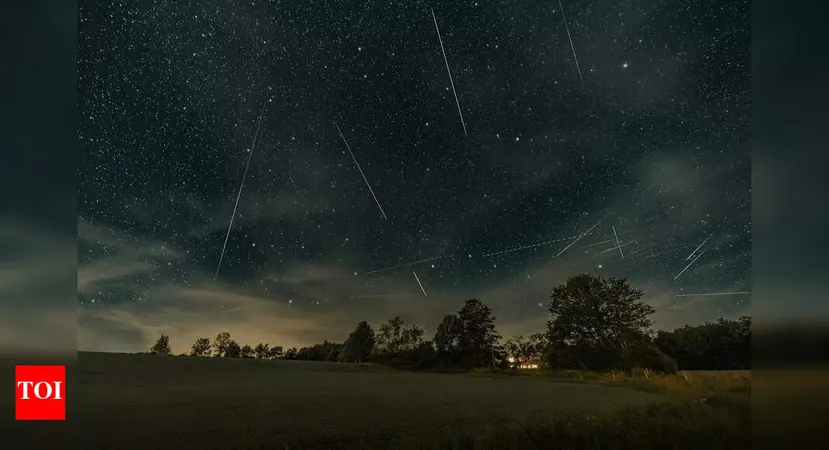
Spectacular New Revelations: VLT Unveils Stunning Images of Interstellar Comet 3I/ATLAS!
2025-07-08
Author: William
Astronomy Enthusiasts Rejoice!
Astronomers at the European Southern Observatory's Very Large Telescope (VLT) have made an exciting breakthrough by capturing breathtaking images of the interstellar comet 3I/ATLAS, the third of its kind ever observed!
A Celestial Discovery!
Discovered just a week ago by the NASA-backed ATLAS survey telescope located in Rio Hurtado, Chile, 3I/ATLAS—also referred to as C/2025 N1 (ATLAS) and A11pl3Z—is hurtling towards us from the Sagittarius constellation.
What Makes 3I/ATLAS Special?
Unlike typical solar system objects, 3I/ATLAS boasts a highly eccentric hyperbolic orbit, signalling its interstellar origins. As of now, it resides approximately 4.5 AU (670 million kilometers or 416 million miles) away from the Sun.
No Threat to Earth!
Rest easy—this cosmic wanderer poses no threat to our planet, maintaining a safe distance of at least 1.6 AU (240 million kilometers or 150 million miles). The comet is expected to reach its closest approach to the Sun on October 30, 2025, coming within 1.4 AU (210 million km or 130 million miles), just shy of Mars’ orbit!
VLT's Amazing Timelapse!
In an impressive timelapse captured by VLT, viewers can spot 3I/ATLAS gliding across the frame in just 13 minutes! This exceptional data was obtained using the FORS2 instrument on July 3, 2025—only two days post-discovery.
A Record-Breaking Image!
At the end of the video, astronomers stacked all frames into a single image, producing the most detailed view of this exotic object to date. But don't get too comfortable; as the comet draws nearer, this record may soon be eclipsed!
Mark Your Calendars!
While 3I/ATLAS currently sits more than 600 million kilometers from the Sun and is on a trajectory toward the inner solar system, it’s anticipated to approach Earth in October 2025. However, it will be obscured by the Sun at that time but won’t go unnoticed for long—expect to see it reappear in December 2025 as it heads back to the depths of interstellar space.
A Continuing Adventure!
Telescopes across the globe, including the VLT, will eagerly continue their observations of this rare celestial visitor to uncover more about its shape, composition, and origin. Stay tuned for more exhilarating updates from our cosmic neighbors!









 Brasil (PT)
Brasil (PT)
 Canada (EN)
Canada (EN)
 Chile (ES)
Chile (ES)
 Česko (CS)
Česko (CS)
 대한민국 (KO)
대한민국 (KO)
 España (ES)
España (ES)
 France (FR)
France (FR)
 Hong Kong (EN)
Hong Kong (EN)
 Italia (IT)
Italia (IT)
 日本 (JA)
日本 (JA)
 Magyarország (HU)
Magyarország (HU)
 Norge (NO)
Norge (NO)
 Polska (PL)
Polska (PL)
 Schweiz (DE)
Schweiz (DE)
 Singapore (EN)
Singapore (EN)
 Sverige (SV)
Sverige (SV)
 Suomi (FI)
Suomi (FI)
 Türkiye (TR)
Türkiye (TR)
 الإمارات العربية المتحدة (AR)
الإمارات العربية المتحدة (AR)